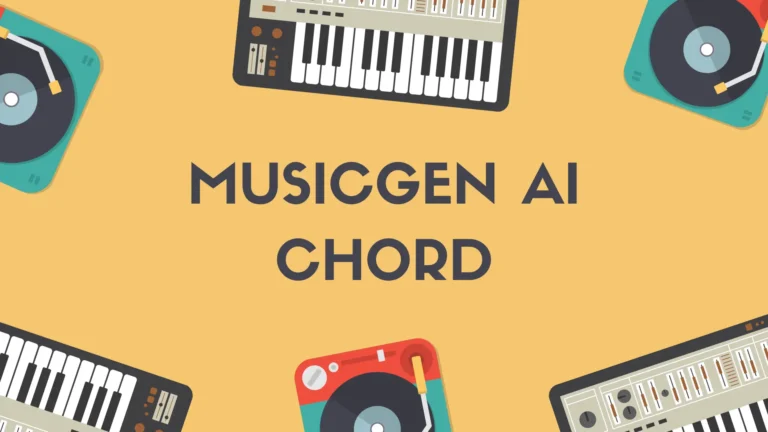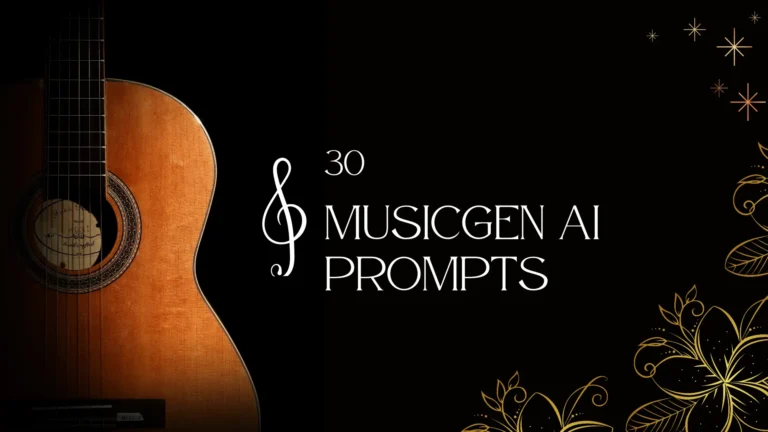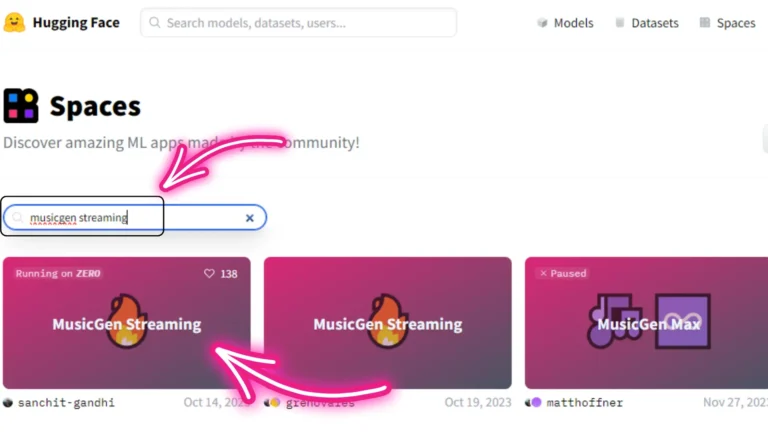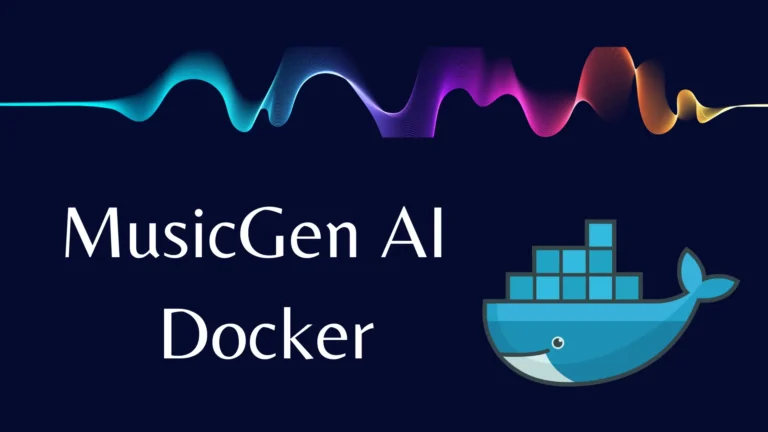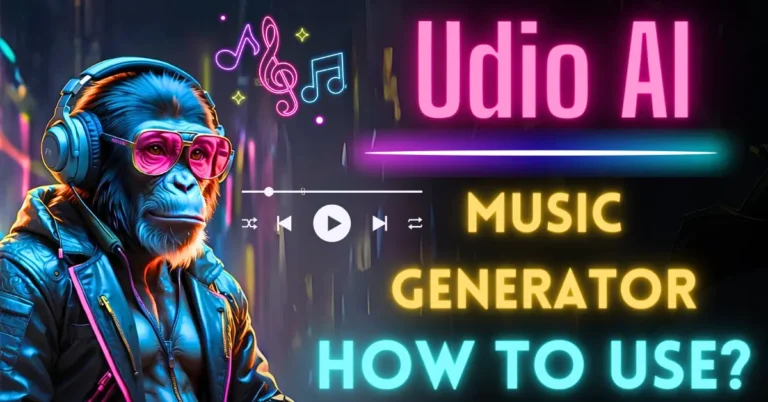MusicGen AI Architecture Explained: All You Need to Know
I’m here to break down the MusicGen architecture. As we know the MusicGen AI is a great innovation from Meta AI. MusicGen is all about generating high-quality music using a single language model while offering control through text or melody input prompts. It’s the perfect AI music composer for music lovers.
Here, we’ll see the complete overview and in-depth details about the MusiGen’s Architecture.
1. What is MusicGen?
MusicGen is an AI music generation system developed by Meta AI. It uses an efficient token interleaving technique to generate music with exceptional quality. Even though it can only create music pieces up to 8 seconds long, MusicGen gives you the power to control the output by using either text or melody inputs. This means you can shape the music to suit your preferences.
2. MusicGen’s EnCodec Project
To understand MusicGen, we need to start with its foundation, the EnCodec project introduced by Meta in late 2022.
The EnCodec architecture comprises three essential parts: the encoder, quantizer, and decoder.

Encoder
The encoder in MusicGen, similar to EnCodec, is responsible for taking in the input music and converting it into a vector representation. It uses a standard convolutional architecture to achieve this.
3. Taming Complexity with Residual Vector Quantization (RVQ)
Vector Quantization (VQ) is a process used to convert data into vectors, primarily for data compression. However, VQ can become complex, especially when dealing with high-quality audio compression. This complexity can lead to impractical codebook sizes.
Vector Quantization
VQ involves clustering data points and creating centroids, which are representative points for each cluster. These centroids are stored in a codebook. The more centroids you have, the larger the codebook, and the more bits required for compression.
Residual Vector Quantization
Enter Residual Vector Quantization (RVQ), MusicGen’s solution to the complexity problem of VQ. RVQ involves multi-stage quantization, where instead of one codebook, you have multiple codebooks (Nq codebooks).
Each stage uses an input, and the output is subtracted from the input, creating a residual. This residual is then passed to the next codebook, and so on.
The key here is that the number of centroids per codebook is significantly reduced compared to traditional VQ, making it more practical.
Let’s break it down:
- In MusicGen, there are 8 codebooks used.
- The number of centroids per codebook is reduced from 2^80 to 2^20. If you choose Nq as 8, it further reduces to 2^10 (1024 centroids).
4. Interleaving Patterns for Output
Now that you have multiple outputs from the RVQ process (k1, k2, k3, k4, etc.), you need to decide how to order or combine them before feeding them into the decoder. MusicGen offers various interleaving patterns:
- Flattening: Simply lay all outputs in sequence.
- Parallel: Stack the outputs of all codebooks on top of each other for each sequence step.
- Delayed: Introduce a 1-step delay per codebook to indicate the order.
- Vall-E Pattern: Prioritize the output of the first codebook for all time steps and switch to parallel patterns for the rest.
5. Codebook Projection and Positional Embedding
The chosen interleaving pattern is crucial for creating the input sequence for the decoder. You project the codebook outputs and add positional embeddings using a sinusoidal function to each time step.
This combined information is passed to the decoder.
6. Model Conditioning: Text and Audio
One of MusicGen’s standout features is its ability to condition music generation with either text or audio inputs.
Conditioning with Text
If you want to condition the music generation with text, MusicGen offers several options:
- T5: Leveraging a pretrained text encoder like T5 (Text-to-Text Transfer Transformer).
- FLAN-T5: Utilizing the FLAN-T5 model.
- CLAP: Exploring the combination of text and audio conditioning.
Conditioning with Audio (Melody)
Alternatively, you can condition the music generation with audio inputs like whistling or humming. For this, MusicGen uses the chromogram of the conditioning signal, which consists of 8 bins. To avoid overfitting, dominant time-frequency bins are suppressed during training.
7. The Decoding Process
The final step in MusicGen is the decoder. It employs a transformer-based architecture with multiple layers. Each layer includes causal self-attention and cross-attention blocks. The decoder takes in the codebook projections, positional embeddings, and the conditioning information (either text or melody).
- For text conditioning, the conditioning signal is encoded by a standard encoder (e.g., T5) before being passed to the decoder.
- For melody conditioning, the conditioning tensor is converted to a chromogram and preprocessed before feeding it into the decoder.
The output of the decoder is the generated music, shaped by the conditioning input.
Conclusion:
In conclusion, MusicGen is a powerful tool for music generation with impressive control options. It builds on the EnCodec architecture, introduces efficient quantization through RVQ, offers various interleaving patterns, and allows for conditioning with text or audio inputs.
The decoder, driven by transformer architecture, brings it all together to create beautiful music tailored to your preferences.
Demi Franco, a BTech in AI from CQUniversity, is a passionate writer focused on AI. She crafts insightful articles and blog posts that make complex AI topics accessible and engaging.

